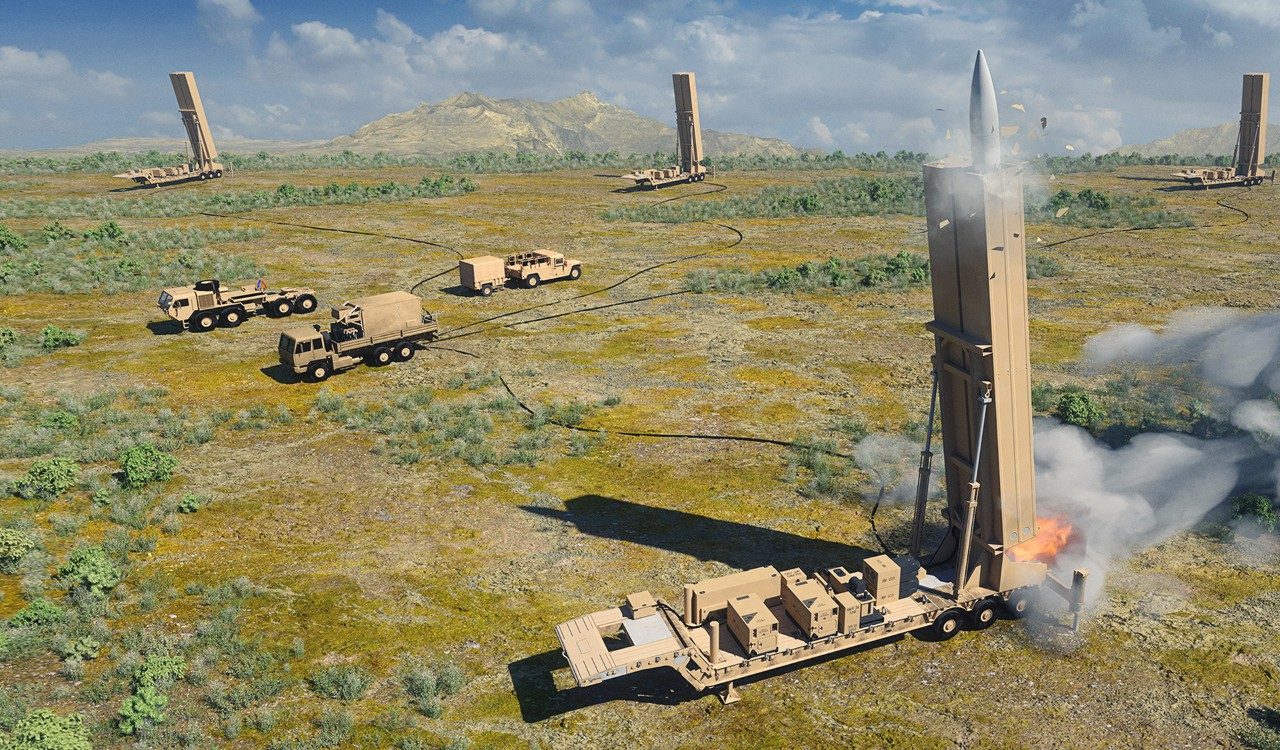In the race to develop and deliver a hypersonic missile that travels a mile a second, soldier and user feedback during the prototype design process proves invaluable.
Using Virtual Reality (VR), Augmented Reality (AR) and mixed reality (MR) technologies, soldiers and end users can influence the design of these complex and science-stretching systems earlier and more often than ever before. One example of this is the Long-Range Hypersonic Weapon (LRHW) program, of which Lockheed Martin serves as lead on the system integration prototype and is part of the Dynetics Technical Services (DTS) industry team for the common-hypersonic glide body (C-HGB) production.
Right now, the U.S. Army is prototyping the land-based LRHW that will deliver residual combat capability to soldiers by 2023. This aggressive prototyping schedule cannot wait until the hardware is modified and integrated to obtain valuable soldier feedback. AR, VR and MR technology can help bridge that gap and is a key tool for engineers to see their designs beyond their computer screen.
VR, AR … what’s the difference?
Virtual Reality – VR places the user in an immersive 3D experience when you can’t see through the device you’re using, such as goggles. VR allows the customer to train soldiers without the hardware and equipment.
“The instructor will never go away. But this technology allows the soldiers, operators and maintainers of these systems to be able to come up to speed faster and retain much faster,” said Bryce Martin, System Engineering Integration and Test Manager for LRHW.
Augmented Reality – AR provides digital content within your own environment. The user can still see the environment around them through the device but there’s additional content added. Two examples of these are Pokemon Go and the yellow first-down line seen during NFL games on TV. AR can be used during the manufacturing process, along with maintenance and sustainment.
Mixed Reality – It overlays within the current environment around you, but provides additional content that is reactive to your environment. For example, as you’re walking down the street and pass a car parked and a potted plant next to it, the device could pull up the make and model of the car or even pull up the specific species of flower that’s planted.

How We’re using AR/VR on LRHW
Lockheed Martin’s experience of using virtual reality to design dates back to the early 2000s with the F-22 and F-35 programs. In 2011, Lockheed Martin established the Collaborative Human Immersive Lab (CHIL), which enables collaboration between engineering teams in a virtual environment prior to physical design and production.
More recently, the CHIL has hosted multiple VR demos to Army team members who have operated similar systems to provide design feedback on LRHW.
Using VR, the team can simulate activities that ordinarily would take hours with a crane and several more hours with tools, within a matter of seconds. The VR demo allows them to simulate picking up components of the LRHW with their hands and moving them weightlessly to the side to get a better look at another part.
Inside the virtual scenarios, soldiers can view the equipment from any angle, at any distance and manipulate it as needed in order to better understand its operation and recommend improvements. The soldiers were able to see things with their operation experience, such as generator placement and exhaust, giving recommendations to take away excess equipment for weight.
Engineers also tested out their designs with a pair of VR goggles.
“We set up the VR technology in the office, and design engineers put the headset on and almost immediately they were seeing things they couldn’t see on their computer monitors,” Martin said. “It’s the exact same model, but it brought it to a first-person, full-scale point of view.”
Challenges and trends using AR/VR
Still some challenges linger with the usage of AR/VR as the technology continues to evolve.
With AR/VR being a rapidly changing field, hardware and software technology are constantly changing. It creates an issue to have an efficient and consistent system across the life cycle.
Some users have also noticed side effects such as nausea and motion sickness. Security and being able to secure the information and infrastructure in the system is also something to consider.
“The future is still very bright for these technologies, they’ll continue to make improvements and continue to improve the ease of use,” said Darin Bolthouse, CHIL Manager. “So, we’re really looking forward to what the future holds for these technologies.”




